The iPhone 11 was Apple’s most popular phone in 2019/20. But how does it compare to the Apple iPhone 8 Plus? Let’s investigate…
iPhone 11 vs iPhone 8: A Quick Overview – The Main Differences Explained
Apple’s newest iPhone is the iPhone 12, but before that it was the iPhone 11. And in this post, we’re going to be looking at how the iPhone 11 compares to the iPhone 8 Plus.
iPhone 11 Benefits
- Better Design w/ FACE ID
- Faster CPU
- Better Camera
- Better Battery Life
- More Camera Modes
- More Color Options
Apple is positioning the iPhone 11 as the “entry-level” model for people who are looking to buy a new iPhone in 2019/20; the flagship models are the iPhone 11 Pro and the iPhone 11 Pro Max. If you want the most advanced camera of the range, you’ll need to look at the Pro models.
The iPhone 8 Plus is now several years old; it got its initial release date in September way back in 2017 and is now officially discontinued after being replaced by the iPhone SE 2020. And it lags behind in a few key areas.
The first is design. The iPhone 11 has Apple’s latest – and most modern – design language. It doesn’t have a home button or TouchID, so the phone can be smaller in the hand while using a larger display than the iPhone 8 Plus.
The iPhone 8 Plus has a 5.5in 1080p display, while the iPhone 11 has a 6.1in LCD display. The iPhone 11 is the smaller phone of the two, however, and this is all down to Apple removing the home button which freed up about half an inch of room at the bottom of the phone.
The second area is performance. Apple’s iPhone 8 Plus is now pretty old, it runs on Apple’s A11 CPU. Back in the day, the A11 was brilliant. In 2021, not so much – the competition has caught up, even on cheaper, mid-range Android phones.
The iPhone 11 runs Apple’s A13 Bionic CPU and, even in 2021, this is still a killer chipset that will deliver insanely fast performance across the board. Is it as fast as the iPhone 12’s A14? No, but that’s not the point – and for most people the A13 will be more than enough for what you want to do with the phone.
The iPhone 11 features a new dual-lens camera, the same modern design language used on the iPhone X and iPhone XS, and is a great choice for people who want a lower-cost, modern-looking iPhone. Right now, the iPhone 11 is our #1 recommended iPhone; it’s the best option for 99.9% of people (it’s cheaper than the Pro models and just as good where it counts).
The iPhone 11 is also available in a range of color options: purple, yellow, green, white, black, and (Product) Red.
The iPhone 11 doesn’t have a triple-lens camera and the display is not OLED; it’s LCD – although this isn’t too much of a problem. The display still looks great and pops in all the right places. Like the iPhone XR, the iPhone 11 is all about value for money. And, as always, it delivers incredible performance. And best of all it does for around 40% less than Samsung’s Galaxy S20 which starts at $999/£999. Comparatively, deals for the iPhone 11 are very respectable.
How big is the iPhone 11? In terms of size, it’s fairly compact, especially when compared to the iPhone 8 Plus, thanks to its more modern display which does away with TouchID. The iPhone 11’s exact dimensions are as follows: 150.9 x 75.7 x 8.3 mm, and it has a 6.1in display. The iPhone 8 Plus screen size is 5.5in display (it’s also a 1080P LCD panel) with the overall dimensions coming in at 158.4 x 78.1 x 7.5 mm.
Still, the iPhone 11 is no longer the cheapest way to get an iPhone. You now have the iPhone SE 2020 to consider – this phone retails for £419/$399. And like the iPhone 11, it runs Apple’s A13 SoC, so performance is incredible. Based on the iPhone 8 design, the iPhone SE 2020 won’t be to everybody’s tastes but if you’re after value and you want a new phone, it is definitely worth a look. You can check out all the latest iPhone SE 2020 deals here.
Bottom line? The iPhone 8 Plus is now starting to show its age. If you want a cheaper iPhone, you’ll be best off going with a newer model – like the iPhone XS – or the iPhone SE 2020.
You can also save a packet by going with an older iPhone too. And if you want to save even more (around 40%), then go with Gazelle – it sells refurbished iPhones that look and function as good as new.
Read on for a more detailed look at how the iPhone 8 Plus compares to the iPhone 11 – we’ll look at specs, design, cameras, and more…
iPhone 8 Plus vs iPhone 11 – How They Compare
Here are the specs for the iPhone 11:
- Display: 6.1in LCD Liquid Retina display with a 1792 x 828-pixel resolution at 326ppi
- Dimensions: 150.9mm x 75.7mm x 8.3mm
- Weight: 194 grams
- Storage: 64, 128, or 256GB
- Processors: A13 Bionic chip with third-generation Neural Engine
- Front camera: 12 MP TrueDepth camera with 4K video recording at up to 60 fps
- Rear camera: Dual 12MP Ultra Wide and Wide cameras with Night mode; 4K video
- Battery: Up to 18 hours (video playback)
- Other: Face ID, NFC, wireless charging, IP68 waterproof (2m)
And here are the specs for the iPhone 8 Plus:
- Display: 5.5in LCD Retina HD display with a 1920 x 1080-pixel resolution at 401ppi
- Dimensions: 158.4mm x 78.1mm x 7.5mm
- Weight: 202 grams
- Storage: 64 or 128GB
- Processors: A11 Bionic chip with Neural Engine
- Front camera: 7MP FaceTime HD camera with 1080p HD video recording at 30 fps
- Rear camera: Dual 12MP Wide and Telephoto cameras; 4K video
- Battery: Up to 14 hours (video playback)
- Other: Touch ID, NFC, wireless charging, IP67 waterproof (1m)
Design
The iPhone 11 is based on Apple’s “new” design language; the design that does not include a home button. Instead, Apple’s iPhone 11 uses FACE ID. This allowed Apple to remove the home button, save a bunch of space, and fit a larger 6.1in display inside a smaller overall chassis than the iPhone 8 Plus.
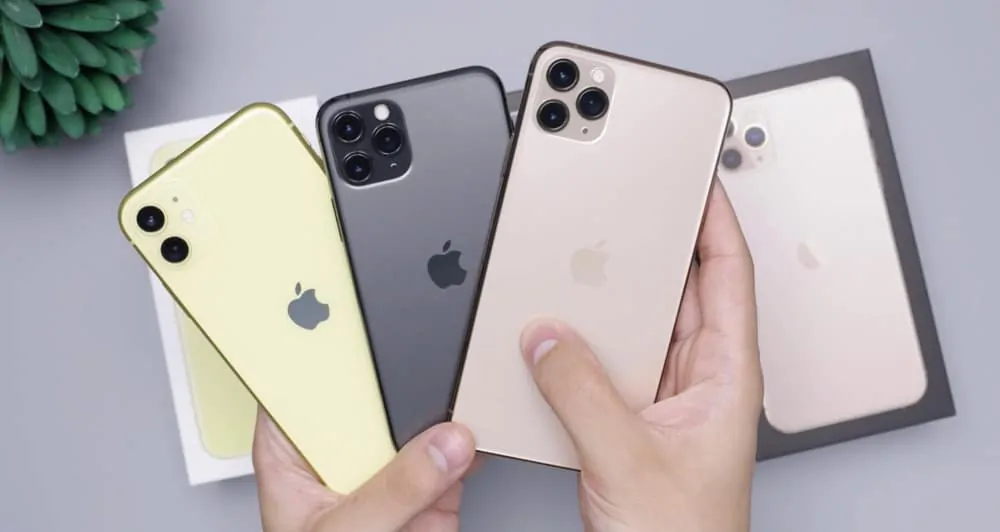
The overall look and feel of the iPhone 11, when compared to the iPhone 8 Plus, is about as different as it gets. The iPhone 11 is modern-looking, sleek, and ultra-powerful; it has a dual-lens camera, a laptop-grade internal CPU, and a large battery that’ll go 18 hours on a single charge.
The iPhone 8 Plus simply cannot match the iPhone 11 in any meaningful way; it has a lesser CPU, less RAM, an inferior camera, a smaller battery, and it is larger and heavier. Is it still a good phone? Yes, of course. But it cannot hold a camera to the iPhone 11 with respect to design, performance, and overall finesse. Apple really nailed the iPhone 11, more so than the iPhone XS and iPhone X, and this is why the phone is so popular with users.
- iPhone 11 – The iPhone 11 has the same 6.1in display of the iPhone XR and features Apple’s biometric authentication system called Face ID. Its industrial design features a glass and aluminum body and comes in a wide range of six color options, including a new green model. iPhone 11 dimensions: 150.9 x 75.7 x 8.3mm (194g)
- iPhone 8 Plus – The iPhone 8 Plus has a 5.5in display and features Apple’s original biometric authentication system called Touch ID, which uses your fingerprint instead of your face to unlock your phone. Its industrial design features a glass and aluminum body and comes in a wide range of three color options. iPhone 8 Plus dimensions: 138.4mm x 67.3mm x 7.3mm (148g)
Winner? iPhone 11 – The iPhone 11 blows the iPhone 8 Plus out of the water with its modern design.
Displays
As noted above, the iPhone 11 features a 6.1in LCD panel. It is larger than the iPhone 8 Plus’ but the iPhone 11 is a smaller handset overall. Both handsets use similar display resolutions – 1080p. But the iPhone 11’s display has been refined and is generally sharper.
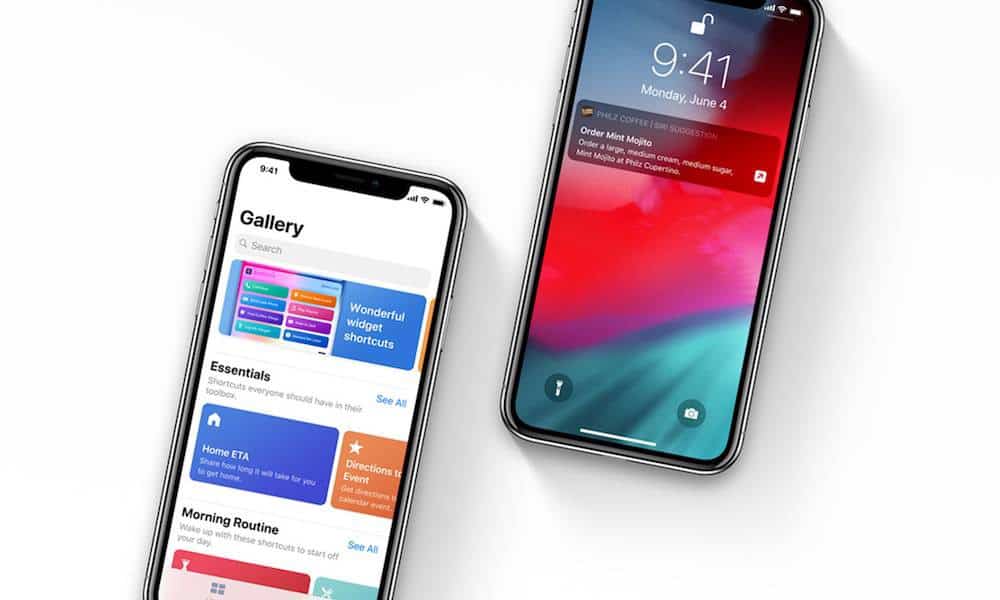
The reason the iPhone 8 Plus has a higher pixel density than the iPhone 11 is that its display is smaller; this means there are more pixels packed into a smaller area and this, in turn, results in a slightly higher pixel density. The iPhone 11, however, benefits from many tweaks (including wider color support and more advanced True Tone processing).
- iPhone 11 – The iPhone 11 features an edge-to-edge LCD display that is 6.1in and has a 1792 x 828-pixel resolution at 326ppi.
- iPhone 8 Plus – The iPhone 8 Plus features an LCD display that is 5.5in and has a 1920 x 1080-pixel resolution at 401ppi.
Winner? iPhone 11 – That edge-to-edge display can’t be beaten.
CPU/Processor
Apple makes amazing processors. The A13 Bionic chipset inside the iPhone 11 (and the iPhone SE 2020) has dominated the market since it arrived, topping benchmark tests and wowing reviewers and consumers alike. The A13 is basically good enough to run inside a MacBook. This is why Apple is now developing its own Apple Silicon for use inside its iMacs and MacBooks.
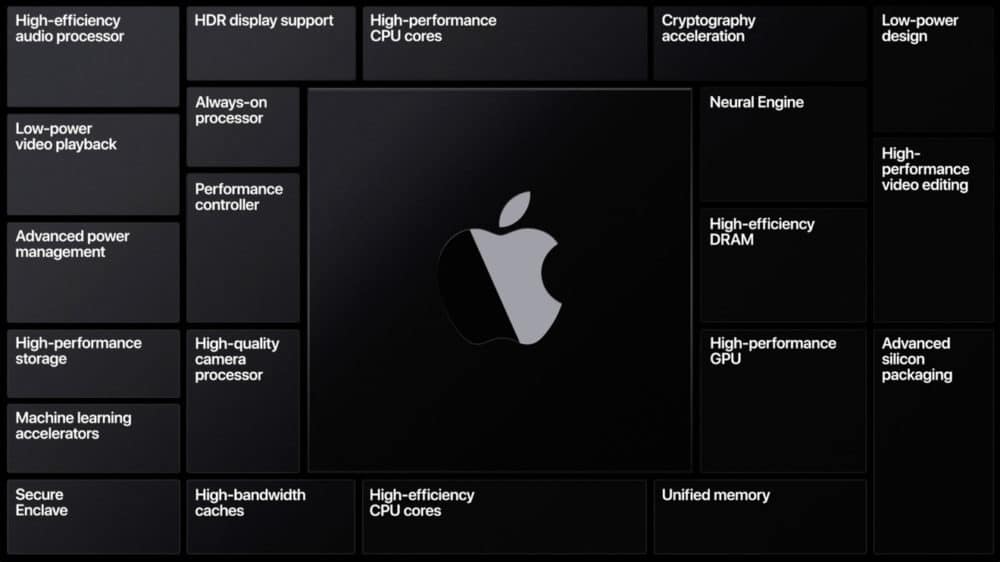
The iPhone 8 Plus runs on the A11 chipset. When the iPhone 8 Plus came out, the A11 was brilliant – it beat all the competition comfortably. But in 2020, the gains made by Apple’s A13 platform cannot be ignored; the chipset is massively powerful, has immense power management capabilities, and tons of built-in features for advanced image processing and machine learning.
The A13 inside the iPhone 11 is the best mobile processor on the planet right now. If you want the best overall performance on your phone, as well as the best features-stack, the iPhone 11 (or the iPhone SE 2020, if you want something cheaper) is the one to go for. No question.
- iPhone 11 – the iPhone 11 features the A13 chipset. This A13 is a 7nm chip with 6 cores, which is absolutely INSANE.
- iPhone 8 Plus – the iPhone 8 Plus features the two-year-old A11 chipset, which is about 40% slower than the A13.
Winner? iPhone 11 – The A13 is 40% faster than the A11.
Camera
The iPhone 11 and iPhone 8 Plus both use dual-lens cameras, so you might think they’re similar – this is a mistake. The iPhone 11 sports a heavily updated camera array, composed of two 12MP sensors with Ultra Wide and Telephoto lenses, and enhanced low-light capability.
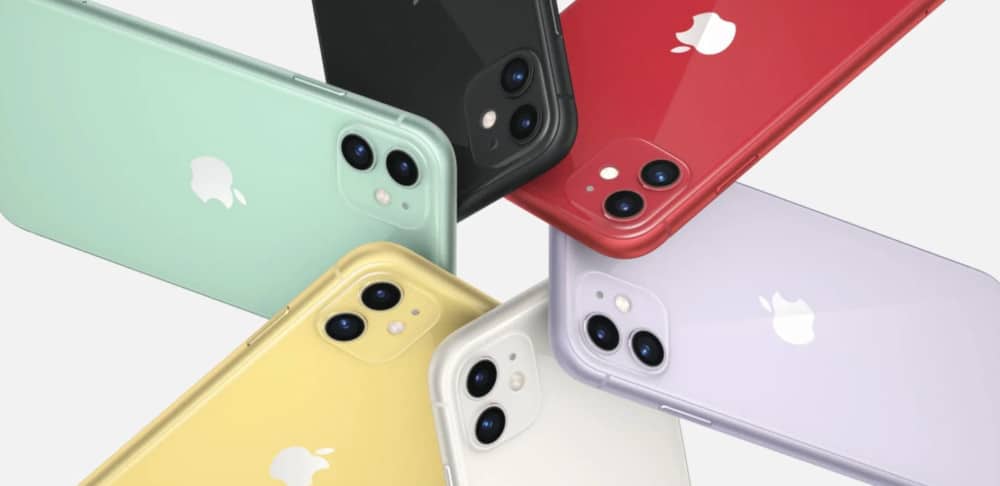
The iPhone 8 Plus features two 12MP sensors but with the iPhone 8 Plus you only get an ultra-wide lens and a telephoto lens. The iPhone 11’s inclusion of an ultra-wide lens makes a huge difference in how the camera performs and the type of shots you can take with the phone.
iPhone 11 Camera Specs
The iPhone 11 features a new dual-lens camera on the rear. This new camera module includes an f/1.8 6-element 12-megapixel wide-angle lens (26mm focal length) and an f/2.4 5-element 12-megapixel ultra-wide-angle lens (13mm focal length). In this respect, it is already superior to both the iPhone XR and the iPhone 8 Plus.
Apple’s new ultra wide-anger lens has a 120º field of view, however, unlike the iPhone 11 Pro and iPhone 11 Pro Max it DOES NOT feature a telephoto lens, so there is no optical zoom available, whereas the 11 Pro and 11 Pro Max feature optical zoom which is great for landscape shots.
You also only get OIS (optical image stabilization) on the iPhone 11’s wide-angle lens; the ultra-wide lens does not have OIS. Inside the updated Camera app on iPhone 11, you can toggle between ultra-wide and wide-angle with the tap of a button. The viewfinder will always display the entire field of view, however, so you can frame your shots perfectly.
Smart HDR
Part of what makes the iPhone 11’s camera so good is how smart it is. Apple’s new Smart HDR technology, for instance, can recognize when there is a face in a shot. Once a face is detected, Smart HDR will treat it differently to the rest of the image, adding in more detail and more natural coloring. The result? Your subjects’ faces will always look super detailed and natural-looking.
Improved Night Mode Performance
With the Pixel 3 and Pixel 4, Google really upped the game when it comes to low light photography performance. Apple knew this, so with the iPhone 11’s camera module it really stepped up its game, adding in Focus Pixels that allow for increased light absorption in low light settings.
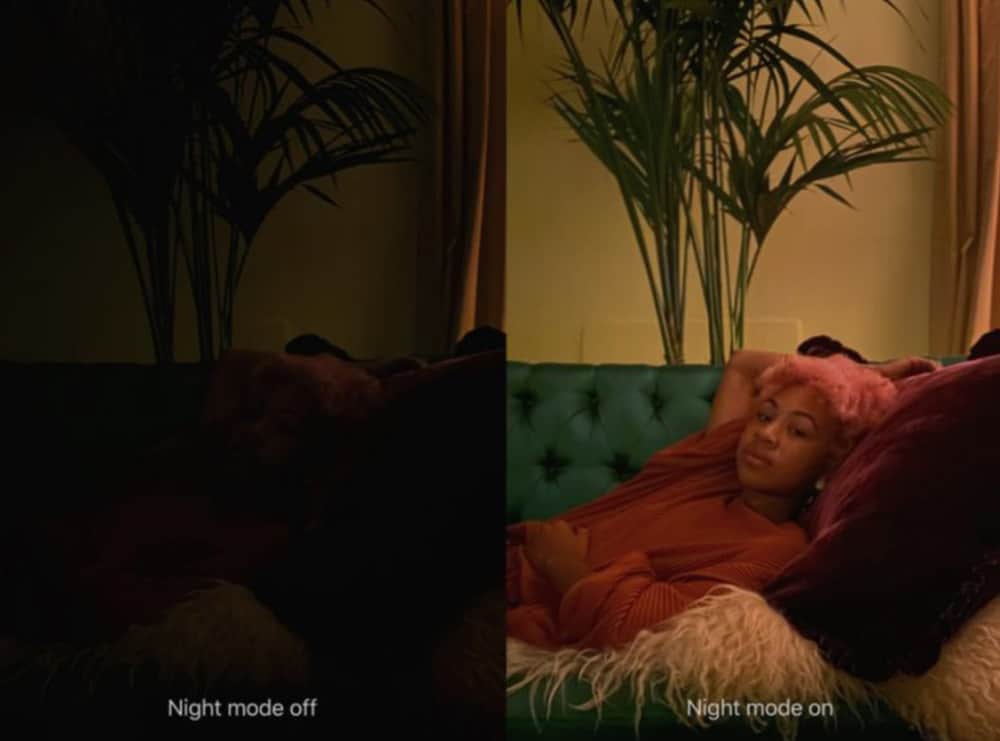
The results are pretty amazing, as you can see in the image above – the difference is like night and day (pun intended). Night Mode on the iPhone 11 is automatic as well; you don’t have to do anything – when the sensor detects low light it will automatically switch on, leaving you to just point and shoot.
Using OIS, the iPhone 11 camera will take several pictures and then, using the A13 CPU and Apple’s machine learning, will patch together the images and create a perfect-looking shot that is a composite of the best elements of the several captured images. And because Apple’s A13 CPU is so powerful, this all happens in seconds. You hardly notice it happening.
Neither phone can hold a candle to the iPhone 11 Pro or iPhone Pro Max, however; these more expensive iPhones deliver significantly better camera performance. The iPhone 11 Pro, for instance, is currently ranked #4 in DXOMARK’s 2020 camera ranking. The iPhone 11 is not even in the top 10.
- iPhone 11 – The iPhone 11 features a 12MP front-facing camera. But on the rear camera, you get a dual-lens 12MP rear camera complete with a wide-angle and telephoto lens and dual optical zoom. It also supports advanced photo features like portrait photography.
- iPhone 8 Plus – The iPhone 8 Plus features a 7MP front-facing camera. On the rear camera, you get a dual 12MP wide and telephoto camera.
Winner? iPhone 11 – While both cameras have dual-lenses, only the iPhone 11 features advanced options like Night Mode.
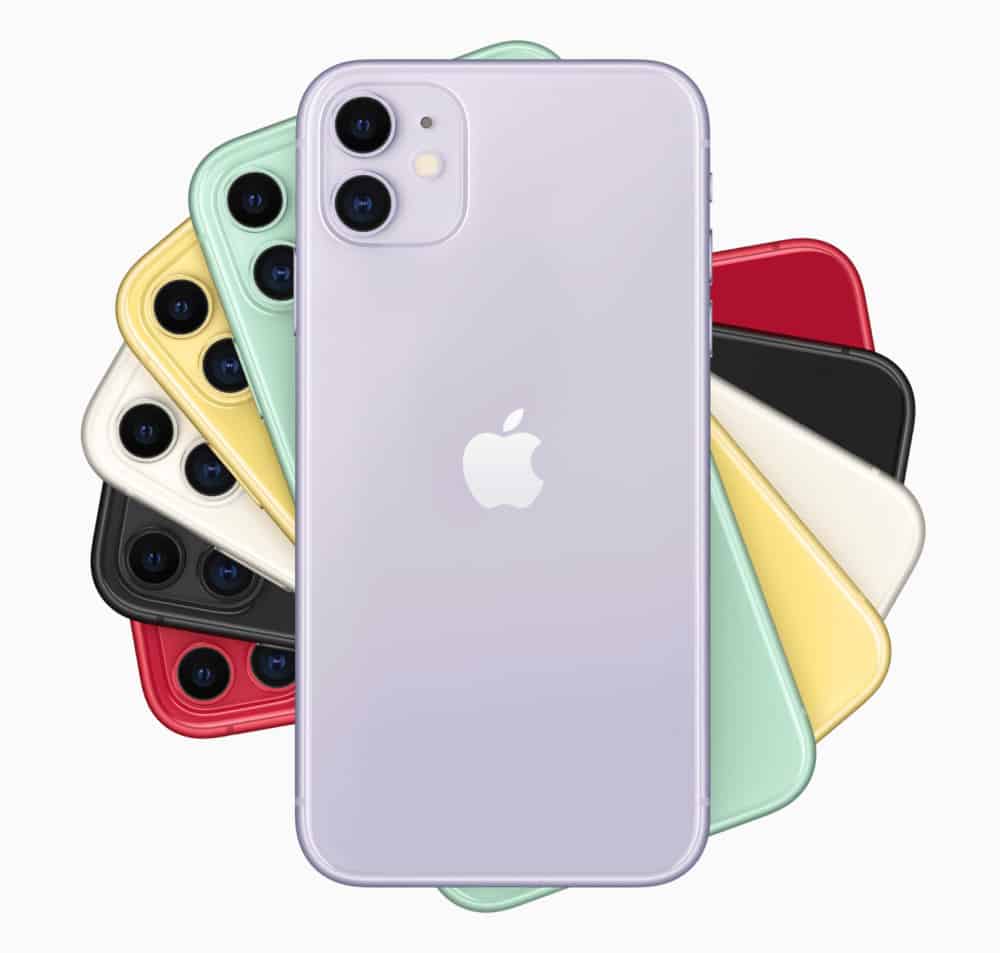
Storage Options
- iPhone 11 – 64GB, 128GB, or 256GB
- iPhone 8 Plus – 64GB or 128GB
Battery Life
- iPhone 11 – The iPhone 11 Pro’s battery will get you about 18 hours of battery life with mixed usage. It also features wireless charging.
- iPhone 8 Plus – The iPhone 8 Plus’s battery will get you about 14 hours of battery life with mixed usage. It also features wireless charging.
Winner? iPhone 11 – You get an extra four hours of battery life.
Price
- iPhone 11 – The 6.1in iPhone 11 costs £729 (64GB) and £779 (128GB) and £879 (256GB).
- iPhone 8 Plus – The 5.5in iPhone 8 Plus costs cost £579 (64GB) and £629 (128GB).

iPhone 11 Deals
iPhone 8/8 Plus Deals
Verdict?
The winner here is the iPhone 11 – by a long shot. It features that improved dual-lens rear camera system with a 12MP wide-angle and telephoto lenses, optical image stabilization, optical zoom, and 4K video recording. While the iPhone 8 Plus has a dual-lens system as well, the iPhone 11 features support for improved night photography–not to mention a better 12MP front camera.
Combine that with the A13 chips in the iPhone 11, which is 40% faster than that in the iPhone 8 Plus and the extra four hours of battery life, the iPhone 11 beats the iPhone 8 Plus hands down. That’s not even to mention the design of the iPhone 8 Plus looks archaic compared to the all-screen design of the iPhone 11.
Bottom line? The iPhone 11 is the best option out of these two iPhones – by a considerable margin. It looks better, has a better camera, a bigger battery, over 50% better performance, and it comes in a range of color options. As I said in the intro, for 99.9% of people, the iPhone 11 is all the phone you’ll ever need.
Another option worth considering, however, is picking up a newer


